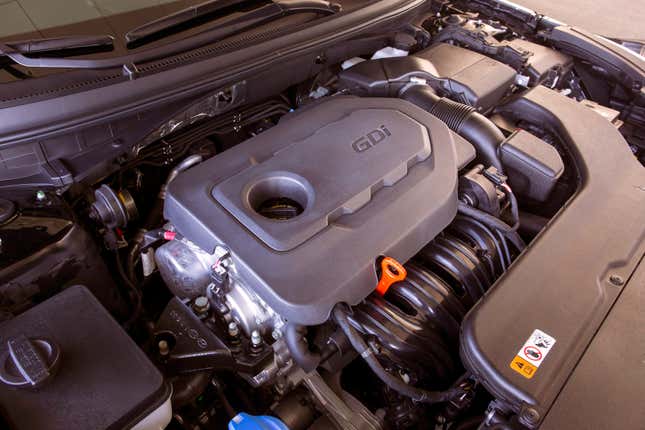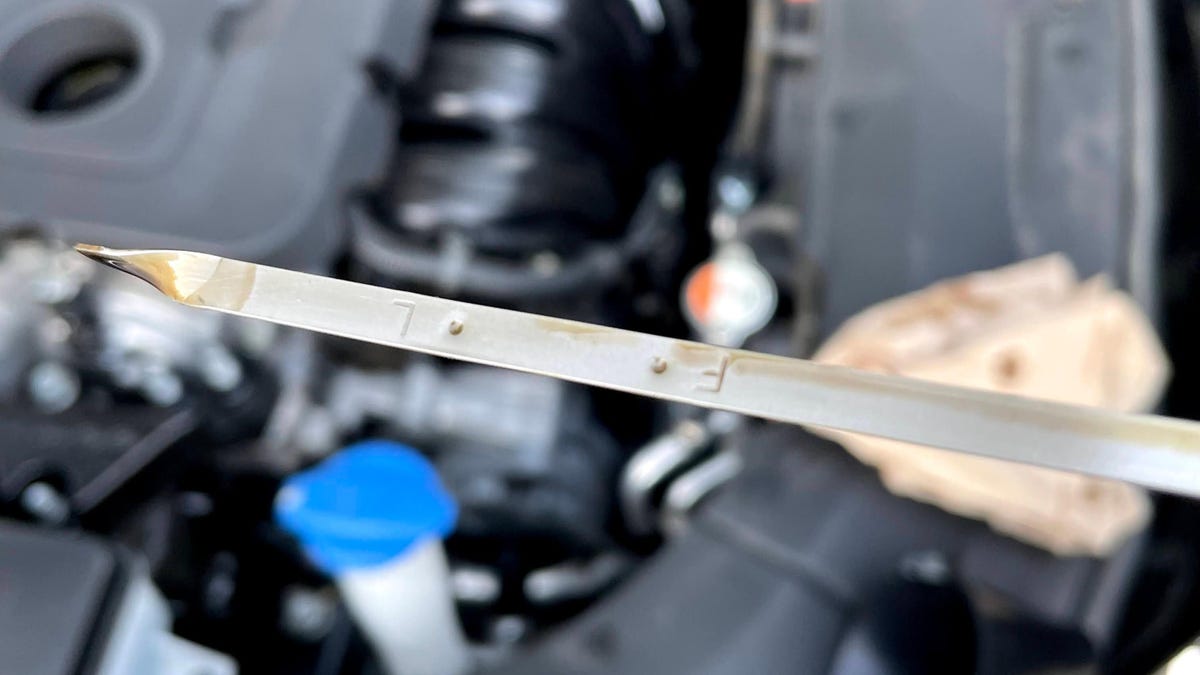While Hyundai and Kia have been rolling out impressive new EVs like the Ioniq 5 N and Kia EV9 and redesigning existing models like the Sonata, the automaker still has the lingering problem of bad engines. Without much support from the automakers, it’s up to owners to figure out why these engines have been eating oil and going bad. One such owner has a compelling theory.
Millions of owners — including myself — have been affected. Many owners haven’t been as lucky as I have to have had their engines replaced. Owners were dealt a blow just over a month ago after a California federal court judge dismissed the class action suit against Hyundai over the consumption issues. While Hyundai has been quiet on a reason and fix for this problem, there’s a bit of light at the end of the tunnel. It looks as if someone may have found the answer to what’s really going on with these engines.
Youtuber Lab Coat Paul uploaded an explainer in March 2023 that goes into detail about the Hyundai/Kia engine problems. Lab Coat Paul is a Hyundai owner himself; his 2017 Hyundai Tucson is equipped with the 1.6-liter turbocharged I4 engine, a model and year listed as having oil consumption issues.
He purchased the Tucson with just 24,000 miles on it. Wanting to know if he should keep with his oil change interval, Paul decided to send a sample of his engine oil to Blackstone Laboratories for an oil analysis. The test tells you how many additives and irregularities are in the oil as well as info like viscosity, contamination and how many miles are on the oil. This is how he discovered his Tucson’s engine was contaminating the engine oil.
The Tucson essentially failed the test because of contaminants. Blackstone recommended an oil change interval of every 1,200 miles because of this, well below Hyundai’s 5,000-mile recommendation. Doing his own research, Paul found out that the problem seems to stem from Hyundai’s GDI (Gas Direct Injection) system.
GDI, once praised as an advancement in engine technology, works unlike a standard fuel injection system. By spraying fuel at high pressure directly into the combustion chamber, the engine achieves cooler temperatures inside the cylinder and big fuel economy gains. Every single Hyundai engine from the last decade, from the small turbocharged 1.6-liter I4 to twin-turbo V6 engines and V8s used in some of the automaker’s premium products uses GDI.

Unfortunately, it would seem these engines suffer from extreme cases of what’s known as blow-by. In fuel-injected engines, this can happen when fuel leaks past the piston rings and into the crankcase, resulting in gas contaminating the engine oil. A positive crankcase ventilation system is supposed to alleviate this by relieving crankcase pressure to remove fuel vapors from the oil. Cleaning the PCV valve on his Tucson, Paul thought this would help fix the problem. Another Blackstone oil test showed this didn’t fix things, nor did a GDI cleaning service done at the dealer. He discovered that blow-by is worse in GDI engines because of the high pressures involved.
With GDI, fuel is sprayed directly into the combustion chamber during the compression stroke — the point at which the air/fuel mixture is compressed before being ignited by the spark plug. There are immense pressures involved at this point, so cars with GDI engines have two fuel pumps: a low-pressure and a high-pressure one. Fuel goes in at a low 60 psi and then comes out of the fuel pump at 2,000 psi. Because of these high pressures, Paul says fuel can easily leak into the valve cover and into the engine oil.
This eventually creates the problem of the engine consuming and burning through oil. Paul says Hyundai’s recommended service intervals don’t help matters either as the automaker is essentially “recommending you drive on bad oil.” A third test by Blackstone after the fuel pump was replaced showed the oil was fine, but recommended 3,000-mile service intervals, 2,000 less than Hyundai’s recommendation.
So there you have it. A widely used engine technology may be the culprit behind millions of owner headaches. And with GDI use being so widespread across vehicle models and automakers, it doesn’t seem like something you can avoid, unless you buy an older car. For now, the best thing anyone can do — anyone that hasn’t experienced an engine issue or failure because of the consumption — is to stay on top of your service intervals. Get your oil changed every 2,000-3,000 miles and keep your fingers crossed until a miracle fix can be created.

